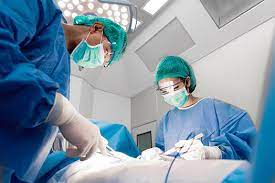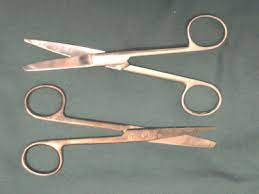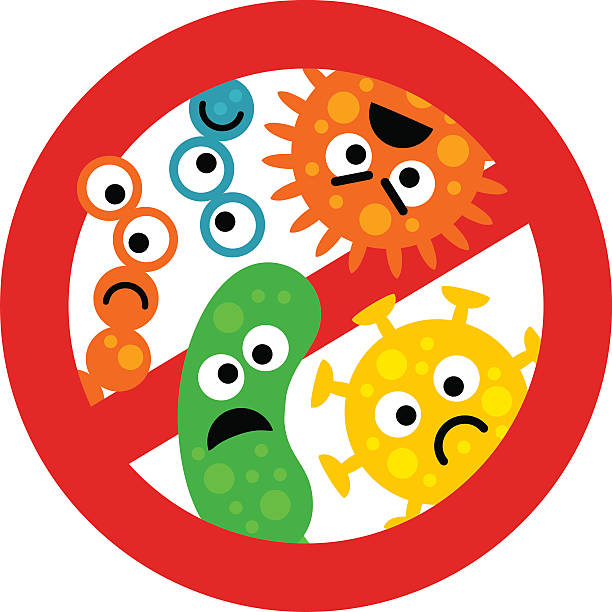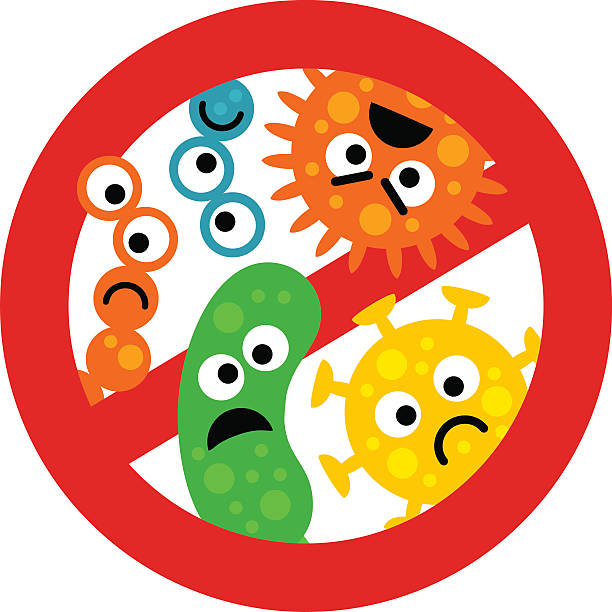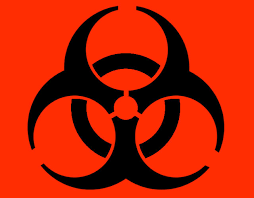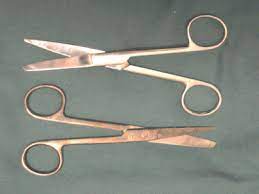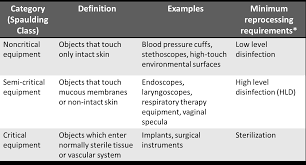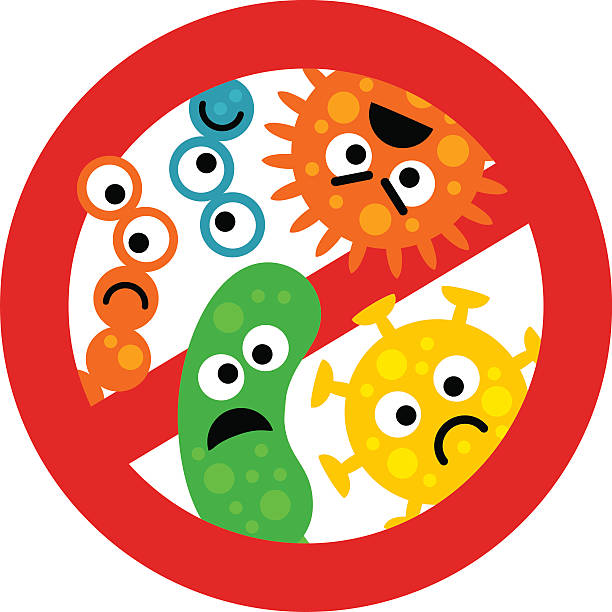Title Page
-
Site conducted
-
Conducted on
-
Prepared by
-
Location
Surgery Observation Checklist
Surgical Attire
-
Staff is wearing hospital approved scrubs
-
Top is secured at waist, tucked in or close to body
-
All hair covered
-
No visible jewelry worn by scrubbed and non-scrubbed staff
-
Mask is secured with both ties in the presence of open sterile items and equipment
-
Cover gowns/jackets are worn and secured to prevent inadvertent contamination while walking past sterile field
-
Dedicated shoes or shoe covers are worn
Sterile Technique
-
Sterile field is maintained throughout the procedure with traffic patterns established with a minimum of one foot perimeter respected by the unsterile personnel
-
Sterile items are presented to scrubbed person or placed securely on field
-
Liquids are poured only once, without splashing, and the remainder discarded
-
Draping is accomplished in a sterile manner: (Performed by a minimum of two people; Hands are cuffed while presenting drapes to unsterile personnel; Anesthesia screen is not dropped prior to placement; Drapes are not lifted or moved after placement)
-
items are flash sterilized only in an emergency situation and a closed container is used for transport to the sterile field
Surgical Hand Scrub
-
Scrub is performed according to manufacturer's directions and aseptic technique
-
Scrubbed personnel do not contaminate themselves while gowning and gloving
Time Out
-
Observe universal protocol "Time Out"
-
Site marked prior to entry into OR suite (in pre-op holding area)
-
Circulator calls "Time Out"
-
Circulator checks patient's ID bracelet patient identification
-
Circulator states the correct site
-
Circulator reads aloud the surgical procedure to be done
-
Outpatient chart review - H&P reviewed and documented
Skin Prep
-
Hair is removed using clippers, if applicable
-
Skin prep is performed according to the manufacturer's directions and aseptic technique
-
Sufficient drying time is allowed prior to draping
Traffic
-
Traffic in and out of the room is kept to essential personnel/tasks
-
The traffic pattern during the case avoids the sterile field whenever possible
Miscellaneous
-
OR doors are closed between cases
-
Sharps are removed and disposed of appropriately at the completion of each case
-
Sharps containers are accessible, secured to wall/counter and emptied when the "full" line is reached
-
Glass is disposed of in rigid containers
-
Biohazard waste is labeled and covered
-
No eating or drinking in patient care area
-
Isolation resources are available on isolation carts or other designated area
